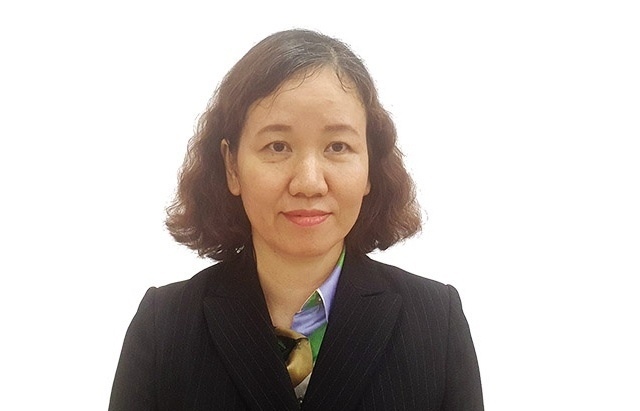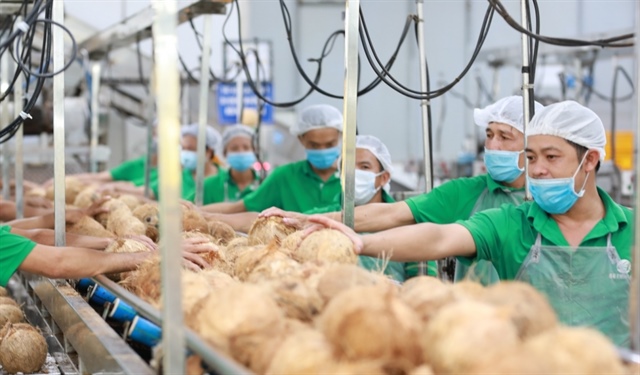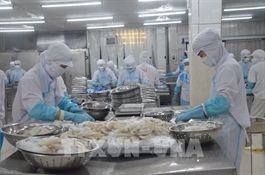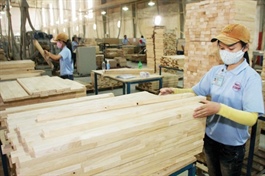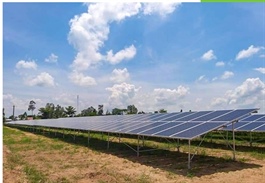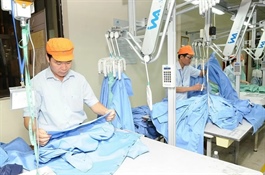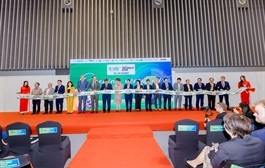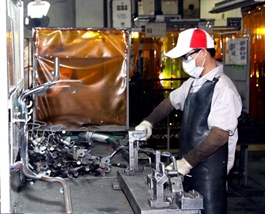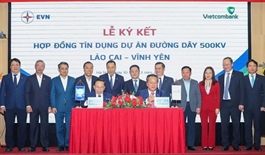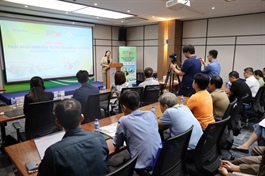Government confident about Vietnam’s export potential
Government confident about Vietnam’s export potential
For Vietnam’s GDP growth rate to reach or exceed 8 per cent in 2025, the country’s total import-export value must expand by at least 12 per cent. Nguyen Thi Mai Hanh, head of System of National Accounts Department, National Statistics Office under the Ministry of Finance, explained why this target is not beyond possibility.
|
How do you assess the current state of Vietnam’s import-export sector and the feasibility of reaching the government's target?
In the first two months of this year, Vietnam’s total import-export value surpassed $127 billion, already showing a 12 per cent jump on-year. This is quite an impressive result.
Since 2010, except for 2023, the country’s import-export value has increased steadily, with only five years seeing growth below 10 per cent, while the rest saw double-digit growth, even exceeding 20 per cent in some years.
The scale of Vietnam’s import-export value is huge, exceeding $786 billion last year. Under the current conditions, I’m confident that the country can achieve the 12 per cent import-export growth target for the whole of the year.
What impact do you expect increased US tariffs on various products to have on Vietnam's export strategy?
It is likely that the list of products subject to increased tariffs in the US will grow, including electronics, textiles, footwear, automobiles, and agricultural products. This policy affects exports from several countries but also opens up opportunities for others.
Vietnam and the US have become comprehensive strategic partners. The US is Vietnam's largest export market. The tariff applied to garments, textiles, and footwear from Vietnam to the US ranges from 8-12 per cent, while the tariff on wooden products is low if the origin rules are observed.
Agricultural products like coffee and cashews also benefit from low tariffs or are tariff-exempt. This gives Vietnamese products a competitive advantage in the US market.
If the Trump administration’s policies do not differ too much from his previous term, it presents a good opportunity to boost exports of Vietnamese-made products thanks to competitive pricing, as products from other countries incur high tariffs.
The sectors with a rosy outlook for exports to the US include textiles, footwear, wooden products, agricultural products, and seafood, which have all secured a remarkable market share in the US.
How should Vietnamese exporters respond to the challenges of meeting US trade requirements?
One of the most enduring challenges is the strict requirements for product origin, such as on wood for furniture, or standards for agricultural exports to the US.
Additionally, Vietnam faces competition from countries like Bangladesh, Indonesia, Pakistan, and India, which are also striving to increase exports to the US.
To capitalise on the opportunities provided by the new trade policies, Vietnamese firms need to embrace strategic solutions.
Firms must ensure strict adherence to origin rules, invest in domestic production to reduce dependence on imported raw materials, and enhance product quality through the application of modern technologies and meeting international standards.
The US administration's protectionism trade policies present opportunities and challenges for Vietnam. With major competitors facing high tariffs, Vietnamese exporters can expand their market share in the US thanks to its cost and quality advantages.
However, to seize this opportunity, businesses need to improve their competitiveness, comply with international regulations, and develop long-term strategies. This will propel exports and solidify the position of Vietnamese products in the global market.
What role should the government and businesses play in enhancing the competitiveness of Vietnam's textiles industry?
The government needs to complete policies and legal frameworks, monitor and supervise the enforcement of regulations related to the garments and textiles industry, ensuring transparency, feasibility, and convenience for investment, production, and business activities.
Meanwhile, businesses need to collaborate more effectively, especially within the textiles industry. For instance, some large projects require the participation of multiple companies, so that if businesses lack cooperation and can’t take advantage of industry associations, they will not be able to implement these projects effectively.
Additionally, making efforts for market diversification is essential, along with slashing unnecessary costs to boost the competitiveness of products compared to their direct competitors in the industry.
- 10:26 13/03/2025


